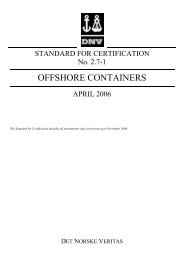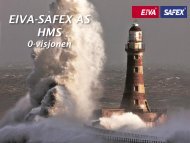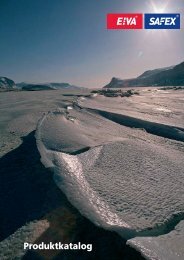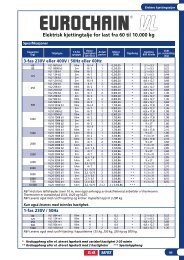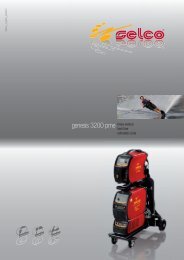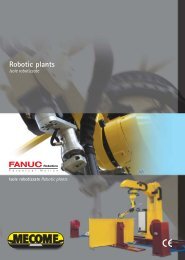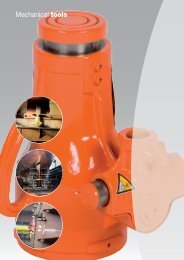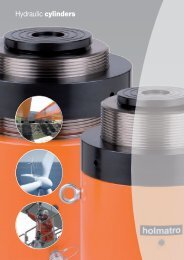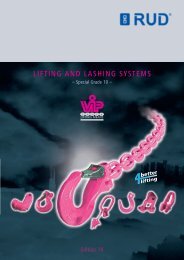atc/filer/DNV Standard 2-7-3 May 2011.pdf
atc/filer/DNV Standard 2-7-3 May 2011.pdf
atc/filer/DNV Standard 2-7-3 May 2011.pdf
Create successful ePaper yourself
Turn your PDF publications into a flip-book with our unique Google optimized e-Paper software.
<strong>Standard</strong> for Certification - 2.7-3, <strong>May</strong> 2011Page 43Appendix APadeye CalculationsA.1 GeneralNormally the design checks listed below are sufficient to verify a padeye design. However, for special padeyedesigns additional checks may be necessary, and the need for such checks should hence be evaluated in eachcase.Cheek plates may be considered both for tear out and bearing if they are properly welded, see A.5, and theirpin hole has the same diameter and is aligned with the main plate hole.A.2 DefinitionsIn the equations in this subsection the below listed definitions are applied. Nominal dimensions could beconsidered.RSF Padeye in line design load, see 3.5.4. Note that RSF in N shall be used as input in the equations in thisappendix. e Allowable stress of padeye material in MPa, see 3.4.3.E Elastic modulus, i.e. 210 000 MPa for steelD pin Diameter of shackle pin (mm)D H Diameter of pinhole (mm)t Total thickness of padeye at hole including cheek plates (mm)a Weld throat thickness (mm)Rpl tpl 2 Rch tchR pad Radius of padeye, taken as: RpadtWhere: R pl is minimum distance form centre hole to edge of plateR ch is radius of cheek plates (two equal plates assumed)t pl is the thickness of the padeye platet ch is the thickness of the cheek platesA.3 Bearing pressureIf D pin 0.94 D H the following criterion applies: 0. 045eRSF ED tFor smaller pin diameter (i.e. D pin < 0.94 D H ) the following criterion shall be fulfilled:H 0.18RSF 1 DpintA.4 Tear outA tear out check is normally considered sufficient to check the padeye material above (i.e. in the load direction)the hole. The following criterion shall be fulfilled:A.5 Cheek plate weldsThe cheek plate welds should fulfil the following criterion:The above equation is based on the following assumptions:e2 RSFe 2 R Dpad1DHRSF tchet D achHt EDET NORSKE VERITAS





